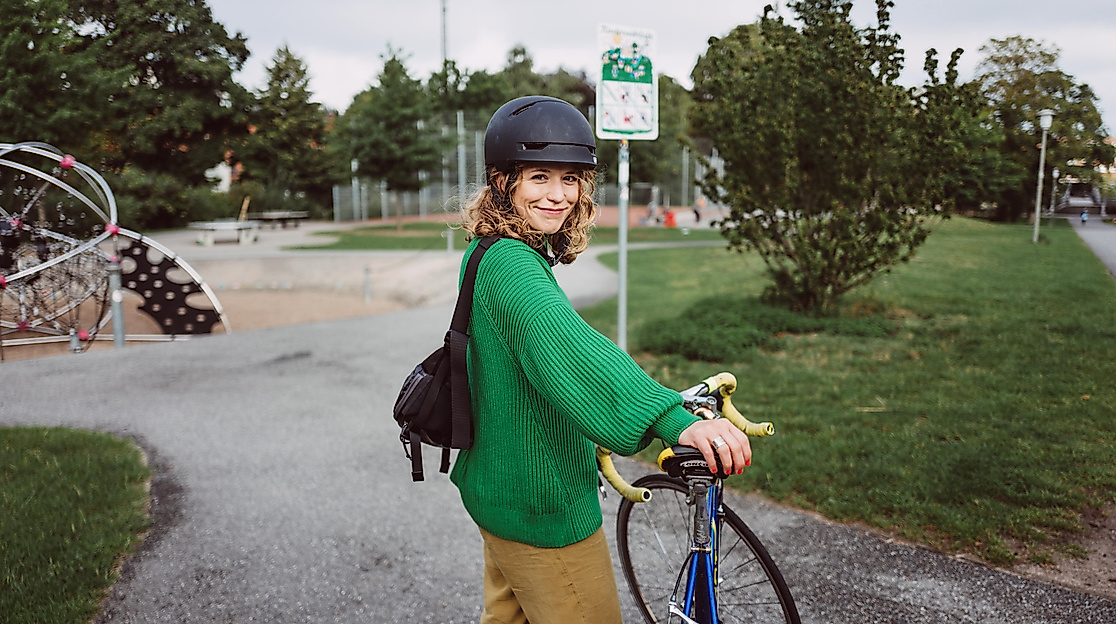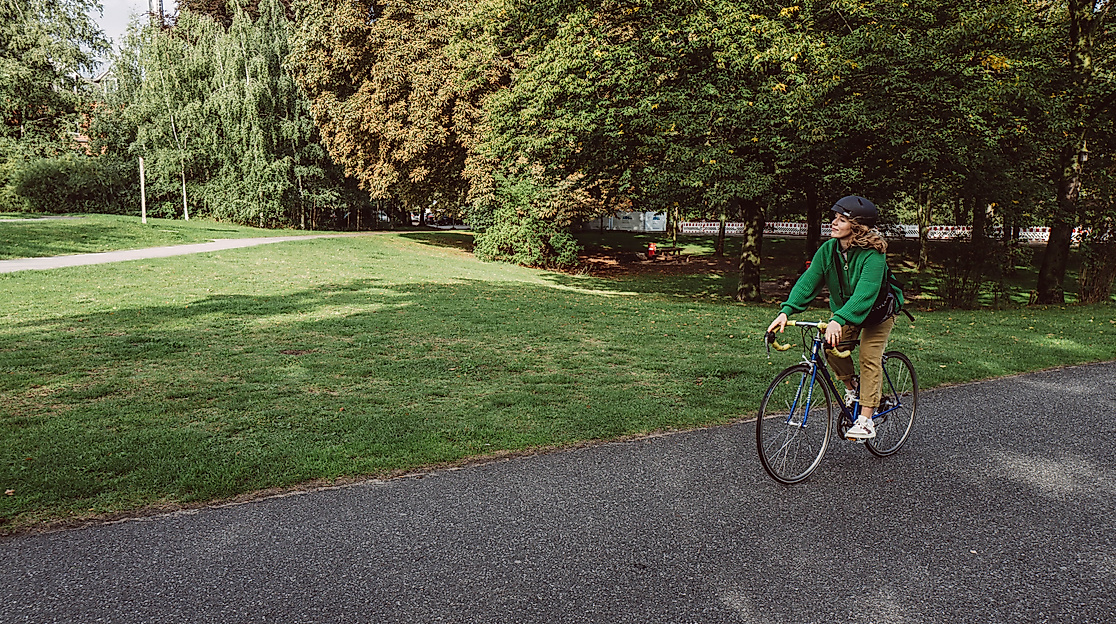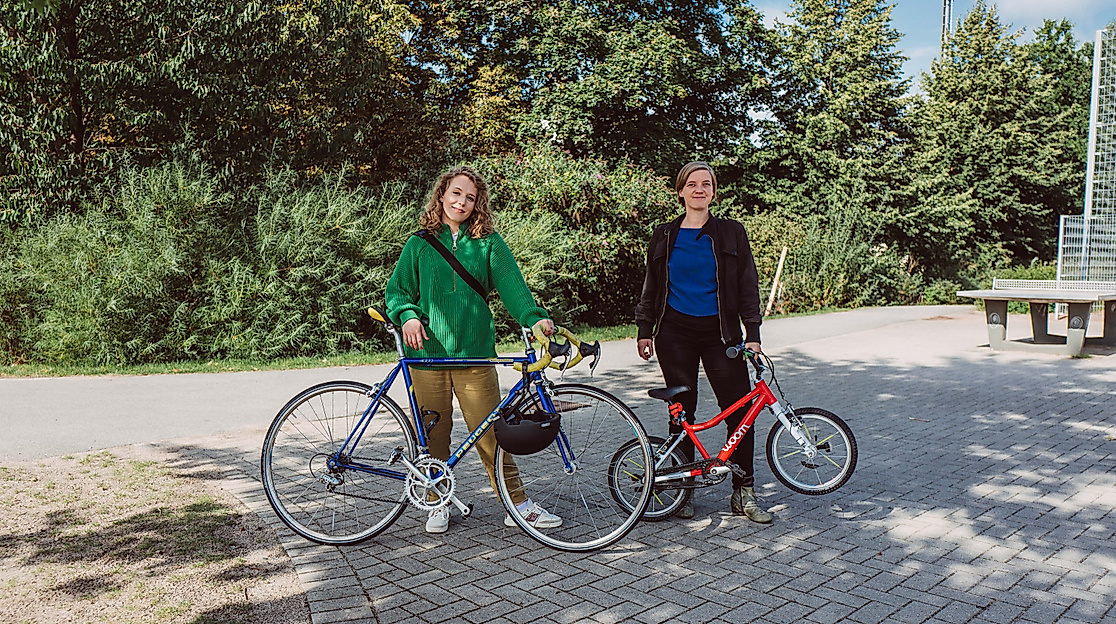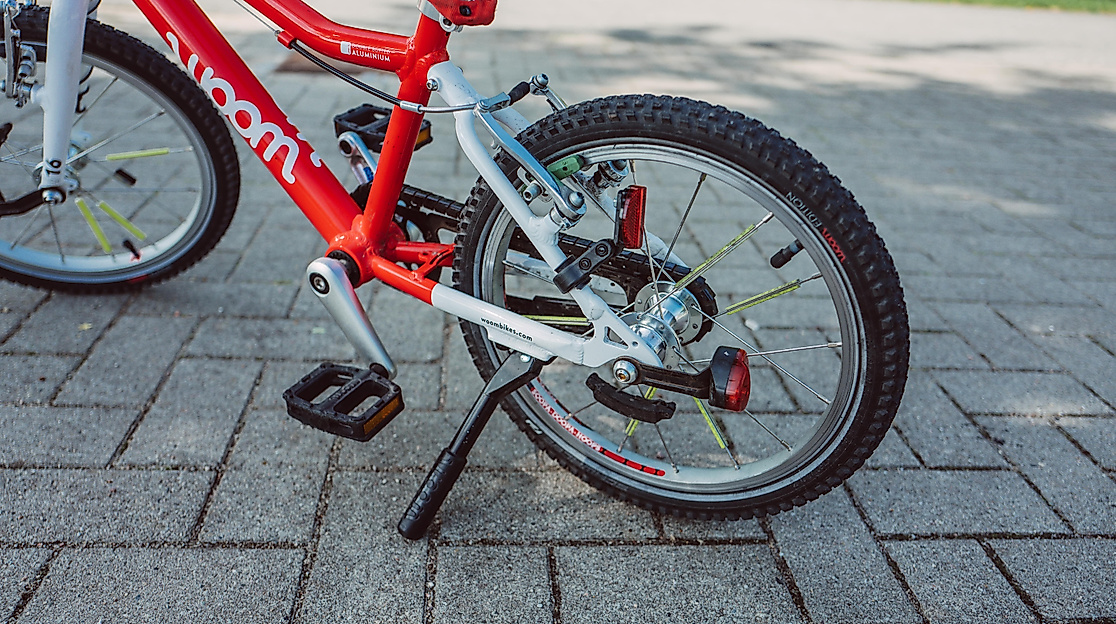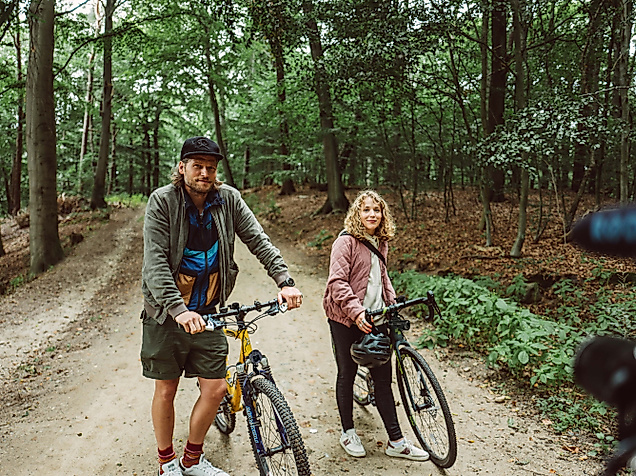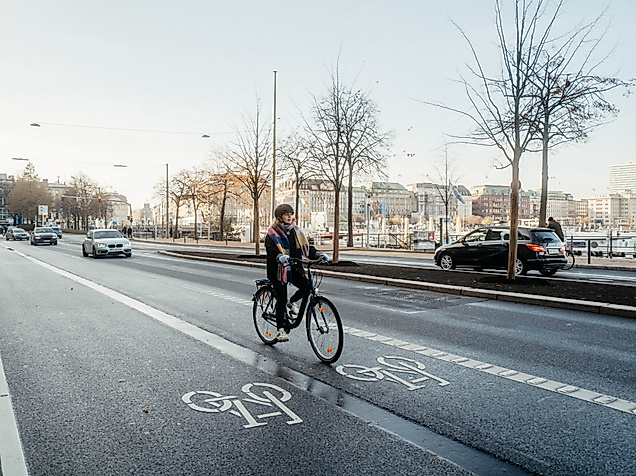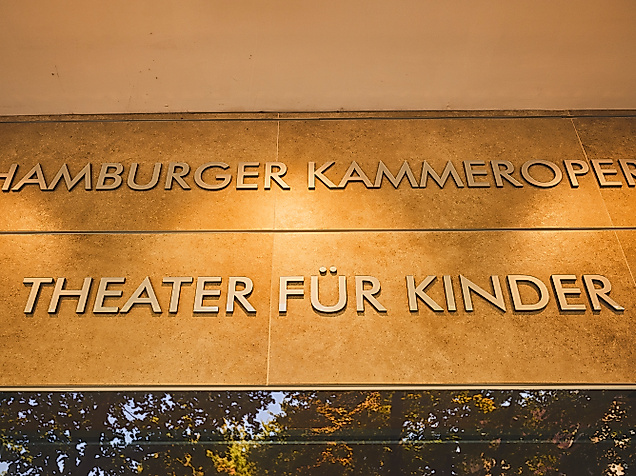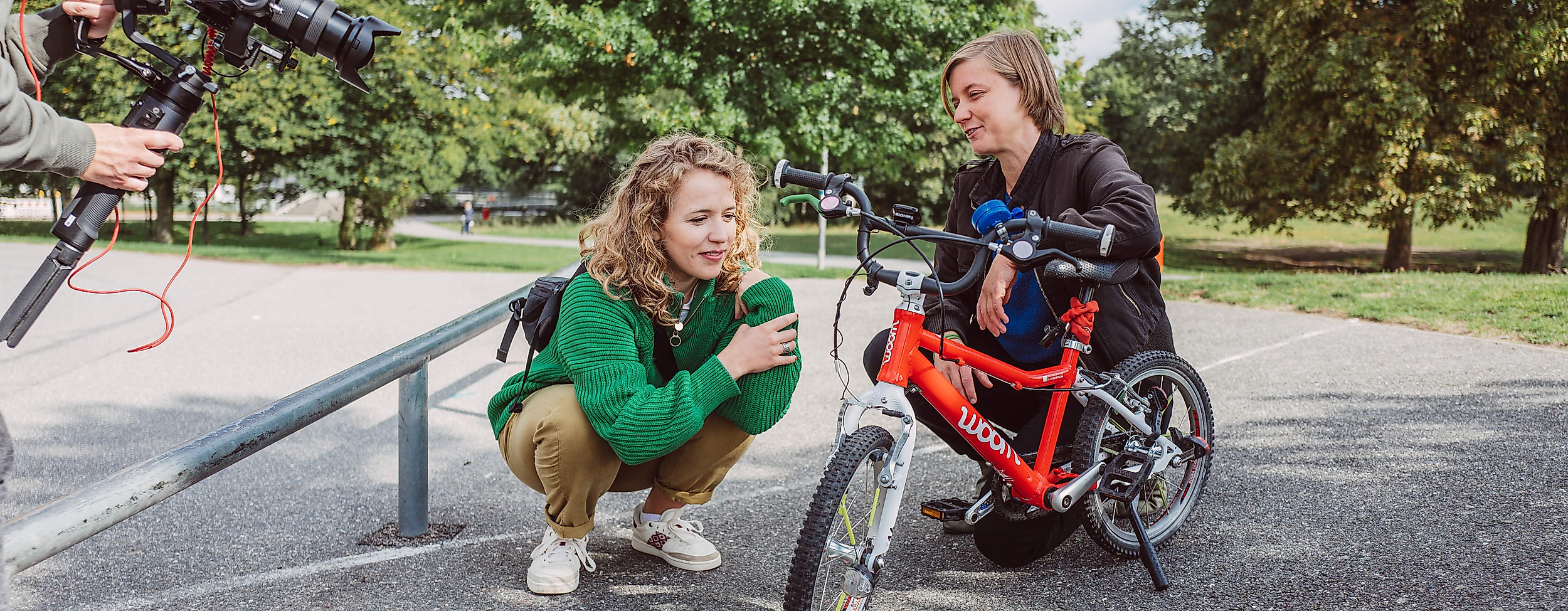
Cycling reporter Lara on the road in Hamburg How the first driving tests become a complete success
Bike reporter Lara is on the road in Hamburg on her bike and tells you about the most exciting stories, projects and people who are committed to cycling in our city. Go on a discovery tour with Lara and find out why Hamburg is twice as much fun from a bike.
Being able to ride a bike doesn't just mean being able to move from A to B. It means independence, freedom and fun. It means independence, freedom and fun, and at the same time it is environmentally friendly and shows solidarity. For most of us, it's part of everyday life, but that doesn't apply to everyone. And the people to whom this does not (yet) apply in our environment are our children.
We ourselves only dimly remember, or not at all, our first attempts at riding; the first time riding a bike without training wheels, the first breeze in our faces and the first time our parents pushed us and let us go. So as our children get older, at some point we ask ourselves: how can I teach my child to ride a bike? That's why we're taking a look at how we can do this in a safe way and then get out and about with our children in the urban jungle.
For this, cycling reporter Lara meets with Wiebke Hansen, campaigner for transport policy at the ADFC Hamburg. Wiebke tells her that most children learn to ride a bike between the ages of three and five. But that depends a lot on the child's stage of development and interest. When it comes to cycling, you shouldn't put any pressure on children, but rather give them a feeling of security and, as always, bring along a large portion of patience.
A light and not too big bicycle is best suited for the first riding attempts. Lara also learns that the training wheels with which many of us learned to ride a bike are no longer recommended. They do not help to develop balance and can even be dangerous, for example when children get stuck on kerbs. Instead, children should make their first attempts at riding with pedal scooters or running wheels, because then they can already put their sense of balance to the test.
When the time comes, a classic still helps best: push and let go. Before that, you should be sure that the child really stops when you call "Stop! Otherwise it can quickly become dangerous in traffic. For quick learning progress and motivation, it can also be helpful if parents set an example and also ride a bicycle. Helmets are not compulsory, but if we want our children to wear helmets, we should set an example.
Especially in a big city like Hamburg, road safety is an important issue. Before our children get on their bikes, we therefore have to check whether the lights at the front and back and the brakes are working and whether the reflectors on the wheels and pedals are still on. Our children can take part in these safety precautions by checking, for example, whether the bell is working.
Children can only assess traffic correctly at the age of ten, so we should accompany them long enough, practise routines and discuss the traffic rules with them. For independent cycling, it is important that children can also keep in lane and brake. They should also know that up to the age of eight they are only allowed to ride on bicycle lanes and pavements and from the age of ten on bicycle lanes and roads. Parents are allowed to accompany their children on the pavement, but in the spirit of solidarity we should show consideration for other road users.
